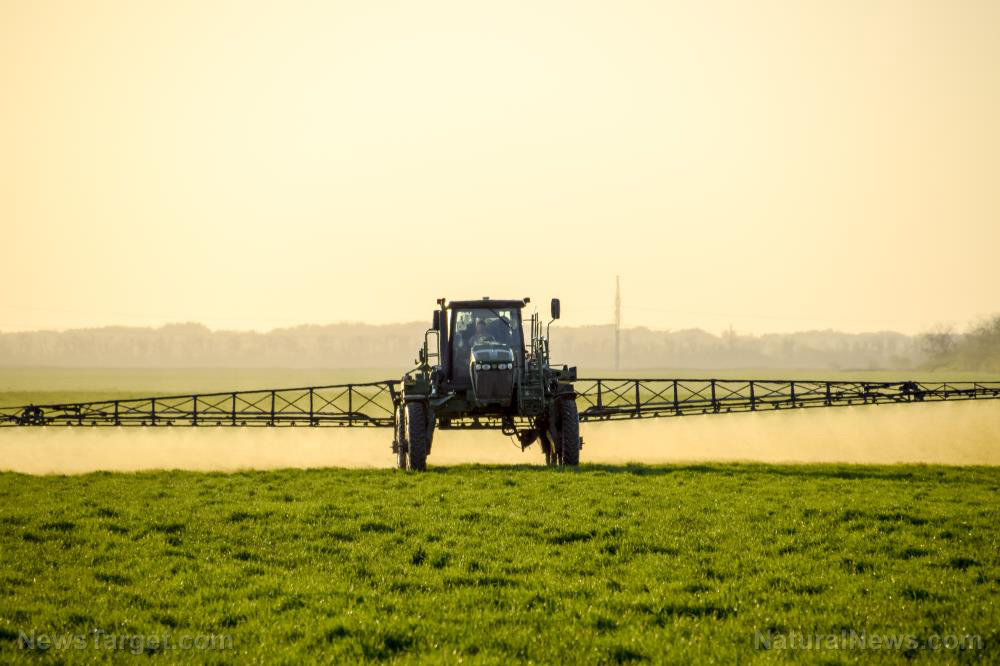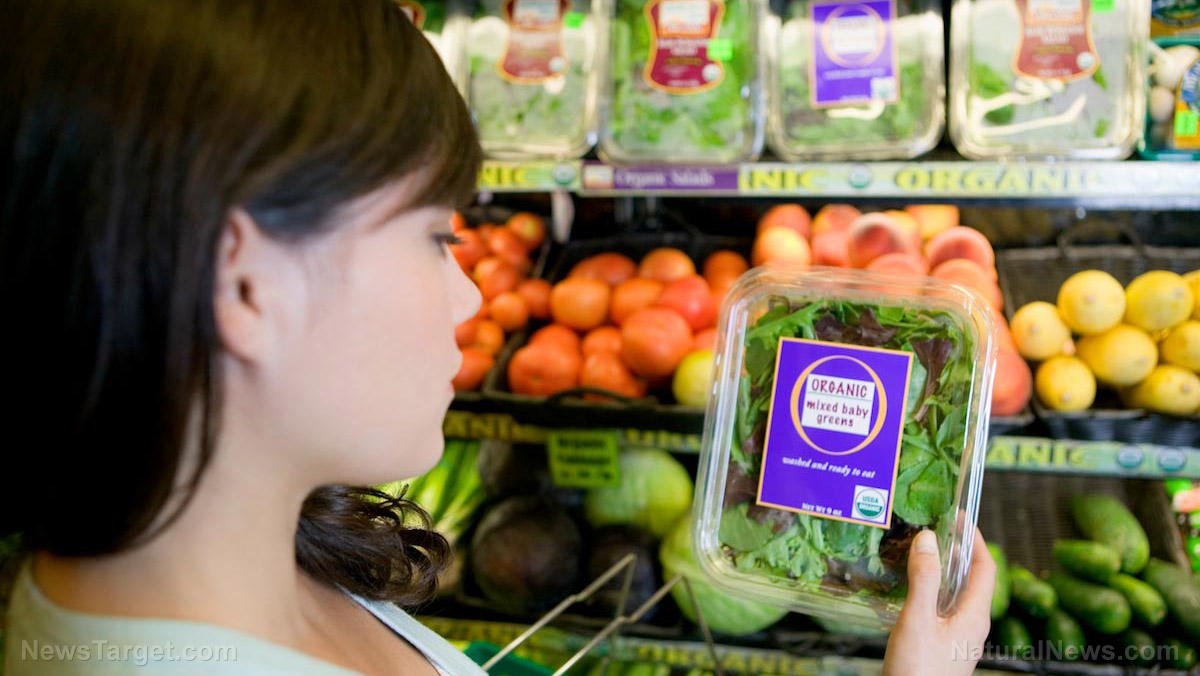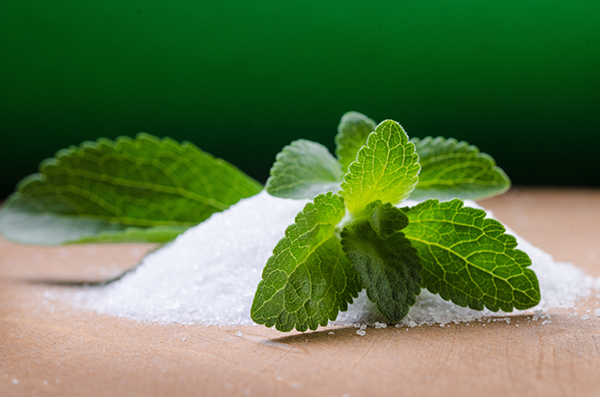Farmers are reducing how much food they produce due to surging fertilizer prices
01/22/2022 / By Arsenio Toledo

Farmers all over the developing world are being forced to reduce how much produce they grow due to the rising costs of fertilizer.
High fertilizer prices are making it much costlier for farmers to cultivate food. These costs are inevitably going to be passed on to regular consumers purchasing food at grocery stores. These people will soon be surprised to learn that their grocery bills could go up even more than they already have over the past year as global food prices rose to decade-highs.
Worse, yet another uptick in food costs is expected to exacerbate global hunger, which is already acute in many parts of the world due to Wuhan coronavirus (COVID-19) pandemic-related lockdowns, economic restrictions and job losses.
Fertilizer costs have also increased in the United States. According to Texas A&M University, the cost of fertilizer in Texas has gone up by as much as 80 percent in the last year.
“Fertilizer basically already accounts for about 30 to 35 percent of farmers’ operating costs on their farm,” said Brant Wilbourn, an associate director for the Texas Farm Bureau. “Fertilizer prices have risen dramatically over the past year.”
The rise in fertilizer costs has already affected demand. In sub-Saharan Africa, the International Fertilizer Development Center, a global nonprofit, warned that demand for fertilizer could fall by as much as 30 percent. This would translate to 30 million metric tons less food produced in the region. This would be equivalent to the food needs of around 100 million people.
“Lower fertilizer use will inevitably weigh on food production and quality, affecting food availability, rural incomes, and the livelihoods of the poor,” said Josef Schmidhuber, deputy director of the trade and markets division of the United Nations Food and Agriculture Organization.
Farmers all over the world struggling due to high fertilizer costs
“Farms are failing and many people are not growing,” said Rodrigo Fierro, 61, a farmer from central Colombia. He owns 10 acres of land, from which he produces tangerines, oranges and avocados.
Christina Ribeiro do Valle, 75, a coffee grower in Brazil, said that in 2021 she had to pay up to three times more for fertilizer than in the previous year. Coupled with freak weather incidents that have hit her crop hard, these means do Valle will produce just a fraction of the coffee she has produced in previous years.
She is also worried about the global fertilizer shortage. “This year, you pay, then put your name on a waiting list, and the supplier delivers it when he has it,” said do Valle. (Related: Fertilizer plants are shutting down, leaving global food supply on the brink of collapse.)
Without fertilizer, do Valle expects her already diminished crop will shrink even further. She also expects the fertilizer shortage to continue well into 2023.
In the West African country of Cote d’Ivoire, Faustin Lohouri Bi Tra, who grows corn, rice and soy seeds for other farmers on a 500-acre plantation, says if fertilizer prices remain high into April, he will have no choice but to cut his planting in half or more. He can only raise prices so much before his seeds become too expensive for local farmers.
“When I tell them the price of seeds is $3 per kilogram, they start to cry,” he said.
In northern France, Guillaume Cabot said he had increased plantings of flax, a crop that needs less nitrogen fertilizer, and reduced other crops due to the price hikes. “Our costs have exploded, especially fuel, nitrogen fertilizers, and electricity,” he said. Last year, Cabot had to spend an extra 10,000 euros ($11,347) on fertilizer expenses.
In southern Colombia, Marcos Baquero, 48, is trying to figure out how to produce bigger yields despite high fertilizer costs. He grows watermelons and corn.
“Farmers need to produce 50 percent more than they produced before,” Baquero said. He usually gets 35 tons of watermelon per hectare and six to 10 tons of corn per hectare. He is trying to figure out how to produce at least 40 tons of watermelon and 20 tons of corn per hectare. He said he needs to do this to make ends meet, otherwise he, like many others in his region, might be forced to simply give up on farming.
“This is very painful for us farmers,” said Baquero. “It’s getting very difficult to work.”
Listen to this Situation Update episode of the Health Ranger Report, a podcast by Mike Adams, the Health Ranger, as he talks about how the globalists are sabotaging fertilizer factories to set the stage for a worldwide crop collapse in 2022.
This video can also be found on the Health Ranger Report channel on Brighteon.com.
Learn more about how the fertilizer shortage is affecting global food systems by reading the latest articles at FoodCollapse.com.
Sources include:
Submit a correction >>
Tagged Under:
agriculture, Collapse, farming, fertilizer, fertilizer costs, fertilizer shortage, food collapse, food inflation, food insecurity, food prices, food scarcity, food security, food shortage, food supply, food systems, harvest, starvation
This article may contain statements that reflect the opinion of the author
RECENT NEWS & ARTICLES
COPYRIGHT © 2017 FOOD FREEDOM NEWS





















